Did you know that January is National Oatmeal month? Me neither. But when you think of all the health benefits we get from oats, starting the new year off
eating oats is a pretty good idea. So why not dedicate the entire month of the new year to this grain?
But have you ever been confused about all the different kinds of oats that are available today? If so, here's a short primer on the what's what as
explained on the website of the Whole Grains Council (www.wholegrainscouncil.org):
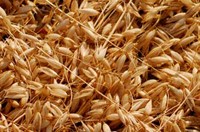
RAW OATS, newly harvested. This is what oats look like before the kernels (known as groats) are separated from the hulls and stalks. Admittedly, you won't
see them this way in stores, but the Grains Council thought we'd like to see what they look like fresh from the fields.
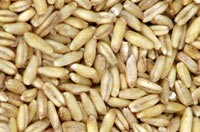
WHOLE OAT GROATS. A groat is another name for a grain kernel (any grain). Whole oat groats are the result of simply harvesting oats, cleaning them, and
removing their inedible hulls. You can most often find these in health food stores. They take the longest to cook. They're chewy and have a nice flavor.
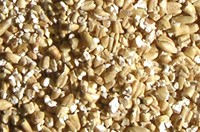
STEEL CUT OATS. If you cut groats into two or three pieces with a sharp metal blade, you get steel cut oats. They cook quicker than oat groats because
water can more easily penetrate the smaller pieces. Steel cut oats are also sometimes called Irish Oatmeal.
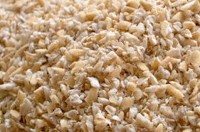
SCOTTISH OATMEAL. Instead of cutting oats with a steel blade, the Scots traditionally stone-grind them, creating broken bits of varying sizes, which some
say results in a creamier porridge than steel cutting.
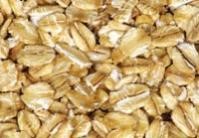
ROLLED OATS (regular, or also known as Old Fashioned). Rolled oats are created when oat groats are steamed and then rolled into flakes. This process
stabilizes the healthy oils in the oats, so they stay fresh longer. This process also helps the oats cook faster, by creating a greater surface area for
water to penetrate.
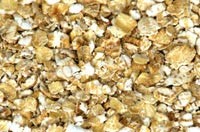
ROLLED OATS (quick or also known as Instant). If you roll the oat flakes thinner, and/or steam them longer, you create quick oats and ultimately instant
oats. The nutrition is nearly the same (these are all whole grains) but the texture changes-a plus for some people and a drawback for others. The good
thing about having so many choices is that everyone can get exactly the taste they like best.
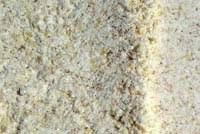
OAT FLOUR. Although not something we'd eat by itself as a breakfast food, this whole grain can be easily used as a soup and stew thickener and in baking.
It's because of the baking aspect that I included it in this list. Muffins made with oat flour are divine. And I regularly include oat flour in the recipe
when I bake my natural yeast bread.
And speaking of thickening soups and stews with oat flour, (a god-send if there's any Celiac disease or gluten intolerance in your family), let's look at
that. While you could thicken with rice flour or other whole grain flours, it's more frugal and easier to simply use the oats you likely already have on
hand. Oats don't take a special grinder, either-any blender or even your little coffee/spice grinder will work just fine.
So here's how it's done:
· Add a tablespoon at a time to the liquid. Stir to distribute evenly. Allow for a few minutes of cooking to see how much liquid is soaked up.
· Add more as needed. Always err on the side of using as less as possible; you want beef or chicken stew, not oat stew.
· And you can even skip the grinding process and just add whole oats if you prefer. It all pays the same.
Finally, let's go back to the health benefits referred to above. Oats are an antioxidant that promotes heart health and enhances immune response to
infection. They stabilize blood sugar, substantially lower Type 2 diabetes risk, and protect against breast cancer and childhood asthma. And what's truly
incredible about oats is that their health-promoting activity is equal to or even higher than that of vegetables and fruits!
So along with Happy New Year, let's wish everyone a happy National Oatmeal Month! This super grain deserves the recognition.
 Alice Osborne
Alice Osborne
Weekly Newsletter Contributor since 2006
Email the author! alice@dvo.com







 Alice Osborne
Alice Osborne